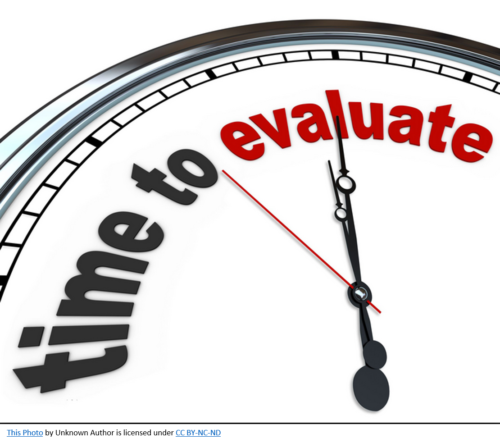As FP&A professionals, developing insights that help decision-makers make decisions that move the business forward is a key skill. And the questions you ask significantly impact the quality of your insights, so it’s important to ask good questions. There are many ways to categorize questions, but two of the main types of questions we will explore today are closed and open-ended.
Let’s explore how closed and open-ended questions can help you get better insights from your team and stakeholders.
Think of closed questions like a multiple-choice test and open-ended questions like an essay question. Both have their place, but knowing when to use each type can help you get the information you need.
Here’s a clear comparison of both approaches:
| Aspect | Closed-Ended Questions | Open-Ended Questions |
|---|---|---|
| Format | • Yes/No responses • Multiple choice • Rating scales • Numeric inputs | • Free-form text responses • Detailed explanations • Personal perspectives • Unrestricted answers |
| Advantages | • Quick to answer • Easy to analyze • Good for large samples • Clear metrics • Consistent data • Easy to compare • Good for tracking trends | • Rich, detailed insights • Uncovers new ideas • Reveals root causes • Shows true feelings • Identifies hidden issues • Provides context • Sparks innovation |
| Limitations | • May miss key details • Forces limited choices • Can lead to bias • Lacks depth • Missing context • No unexpected insights | • Time-consuming • Harder to analyze • Lower response rates • Resource intensive • Difficult to compare • Subjective interpretation |
| Best Used For | • Gathering quick feedback • Measuring satisfaction • Tracking metrics • Comparing periods • Making fast decisions • High-volume surveys | • Understanding problems • Exploring new ideas • Getting detailed feedback • Process improvement • Strategic planning • Team development |
Making Smart Choices
The key to success isn’t picking one type over the other – it’s knowing when to use each one. Here’s a practical approach:
- Start with Your Goal: Think about what you really need to learn. Do you need quick numbers, or do you need to understand deeper issues?
- Consider Your Resources: Look at how much time and effort you can spend analyzing the answers. Open-ended questions take more work to process.
- Know Your Audience: Think about who you’re asking. Will they take time to write detailed answers, or do they prefer quick responses?
Taking Action
Here’s how to put this knowledge to work:
- Mix Both Types: Use closed questions to spot trends, then follow up with open-ended questions to understand why those trends exist.
- Keep It Simple: Don’t overload your surveys. Pick the question type that best fits each specific need.
- Test Your Approach: Try out your questions with a small group first to make sure they work well.
The Bottom Line
Both types of questions have value in your FP&A toolkit. Closed questions help you see the big picture quickly, while open-ended questions help you understand the story behind the numbers.
Want better insights? Start by reviewing your current question strategy. Are you using the right type of questions to get the information you need? Small changes in how you ask questions can lead to big improvements in the quality of insights you receive.
Remember – it’s not about which type is better. It’s about using the right tool for the right job. When you match your question type to your goals, you’ll get better insights that help you make smarter decisions for your organization.
By combining both types of questions strategically, you can build a more complete picture of what’s really happening in your organization and make better-informed decisions for the future.





